| Profile: Ashra (Manuel Gottsching) | |
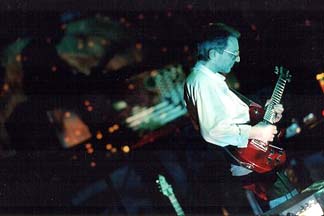 | It is quite a difficult task to chronicle the musical history of Manuel Gottsching as he has had such a broad influence over contemporary electronic music. Gottsching was a significant presence at the outset of many of today's well-established modes of musical expression and continues to inspire artists and audiences alike through his prolific musical innovations. |
| We pick up the story in the Berlin of 1970s Germany as Manuel Gottsching along with Hartmut Enke and Klaus Schulze formed the band Ash Ra Tempel: Ash - (an English word) the ash, the remains, the final curtain; Ra - the Egyptian Sun God, the energy, the source of our lives; Tempel - a place for rest and contemplation (written in the German idiom). Their music embodied the spirit of the times with its free flowing improvisations and instrumental excursions which showcased Gottsching's psychedelic guitar work. Because of the use of cosmological imagery in their music, the style was conveniently labled "Kosmische Rock". | 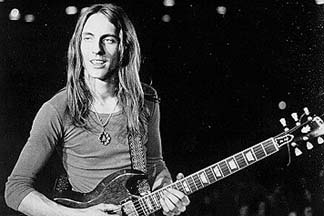
|
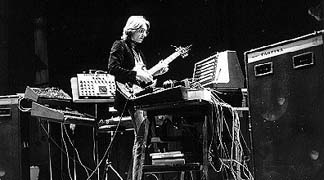 | Ashra was the second phase Ash Ra Tempel, where Manuel Gottsching (often as a solo artist) refocused the project's direction and began to concentrate more heavily on electronics. "The influence of electronic equipment in producing music grew rapidly in those years. I was fascinated by these sounds, but even more I was addicted to the idea of sequencing those sounds into continuous musical compositions", offers Gottsching on this new direction. |
| With an ever evolving line-up, Gottsching had always been the focal point of Ash Ra Tempel. But at the outset of the Ashra era (and the subsequent solo recordings), Gottsching was literally a one-man band, backing his guitar explorations with synths and sequencers that made his music sound cleaner and more pleasantly meditative. | |
| "What a trip it became. I created music with a minimum of equipment. The resulting music resembled the sound of sequencers and synthesizer, but was played with a single guitar. I recorded backwards, with the tape machines at double speed, half speed... I tuned the strings differently and fell in love with my dynamic pedals, which could, if you pluck a string, cut away the attack, and with the aid of lots of echo, I found my floating sound. Naturally, the echoes and delays were creating this "sequencing" effect (thus reflecting the trend of those days)". | 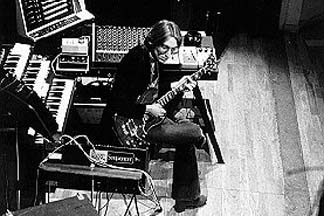 |
| This trend can be traced back even further to the music of 20th Century American composers. Gottsching recalls, "A substantial influence in my style came about in 1974 with the discovery of so called "minimal music" by composers like Steve Reich, Philip Glass and Terry Riley. Especially Steve Reich's music; I have listened to it for many years. He is a genuine innovator in terms of creating music that combines the elements of improvisation with structured composition." | |
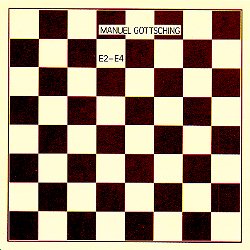 | Somehow enduring the more conservative musical landscapes of the 1980's, Ashra re-emerged in 1984 with the proto-techno masterpiece E2-E4 which forever placed Gottsching among the innovators of the musical aesthetic later dubbed electronica. E2-E4 remains a seminal building block in the subsequent development of styles ranging from techno to house to contemporary ambient music. |
| More recently, Gottsching has been occupied with performing live concerts throughout the world as well as working alone and in collaboration in the recording studio - each album revealing another approach to music: from the more experimental (capturing an almost modern classical motif) to the historic reformation of Ash Ra Tempel (along with co-founder Klaus Schulze). | 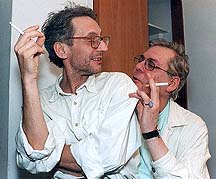 | |
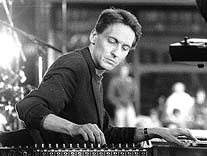  It has been reported that Manuel Gottsching will travel to the United States sometime during Summer 2008 for concerts in New York City and Philadelphia. It has been reported that Manuel Gottsching will travel to the United States sometime during Summer 2008 for concerts in New York City and Philadelphia.
Please access the official Ashra website for details: http://www.ashra.com | ||
|
Related Links:
| ||
| Artists Index | ||